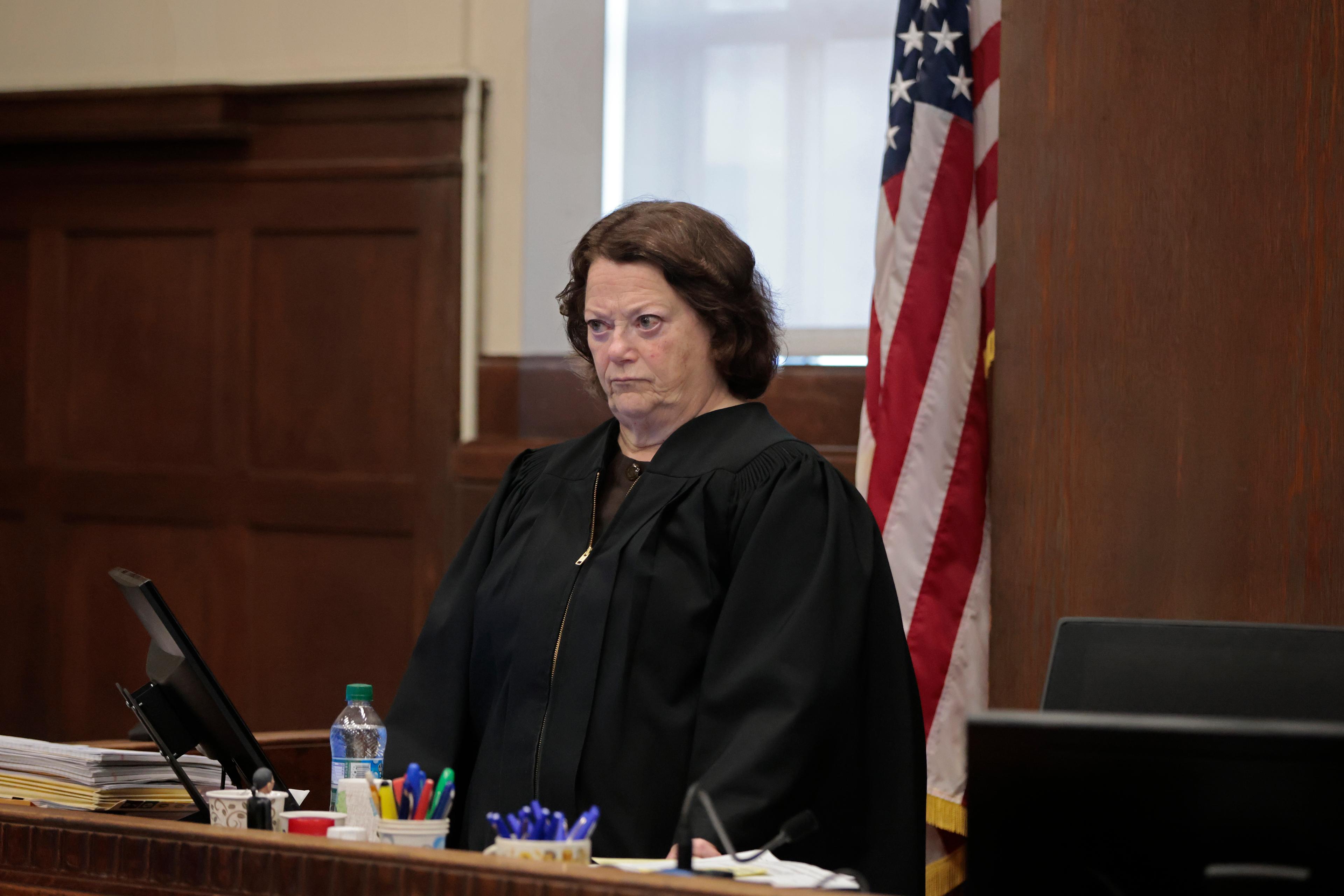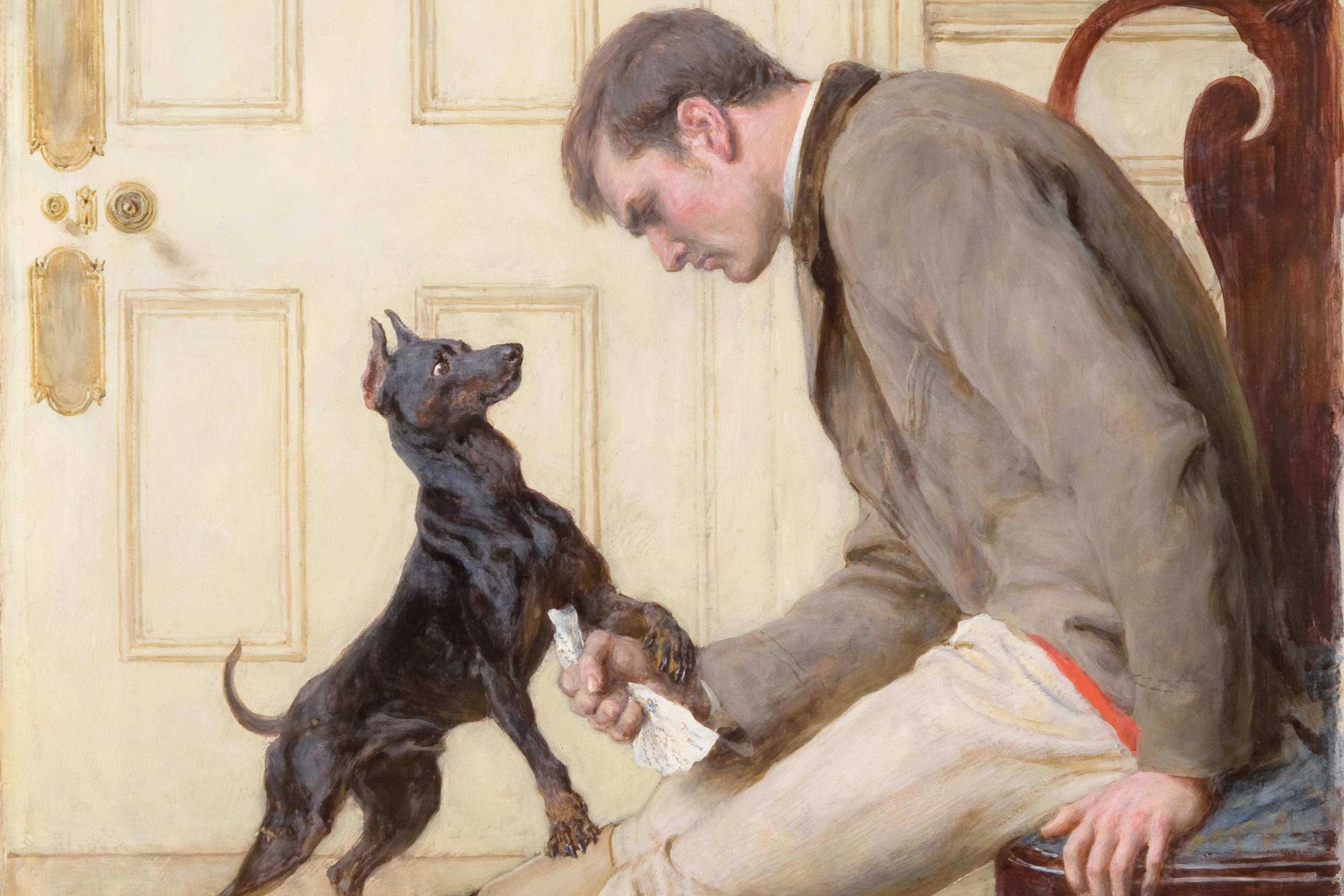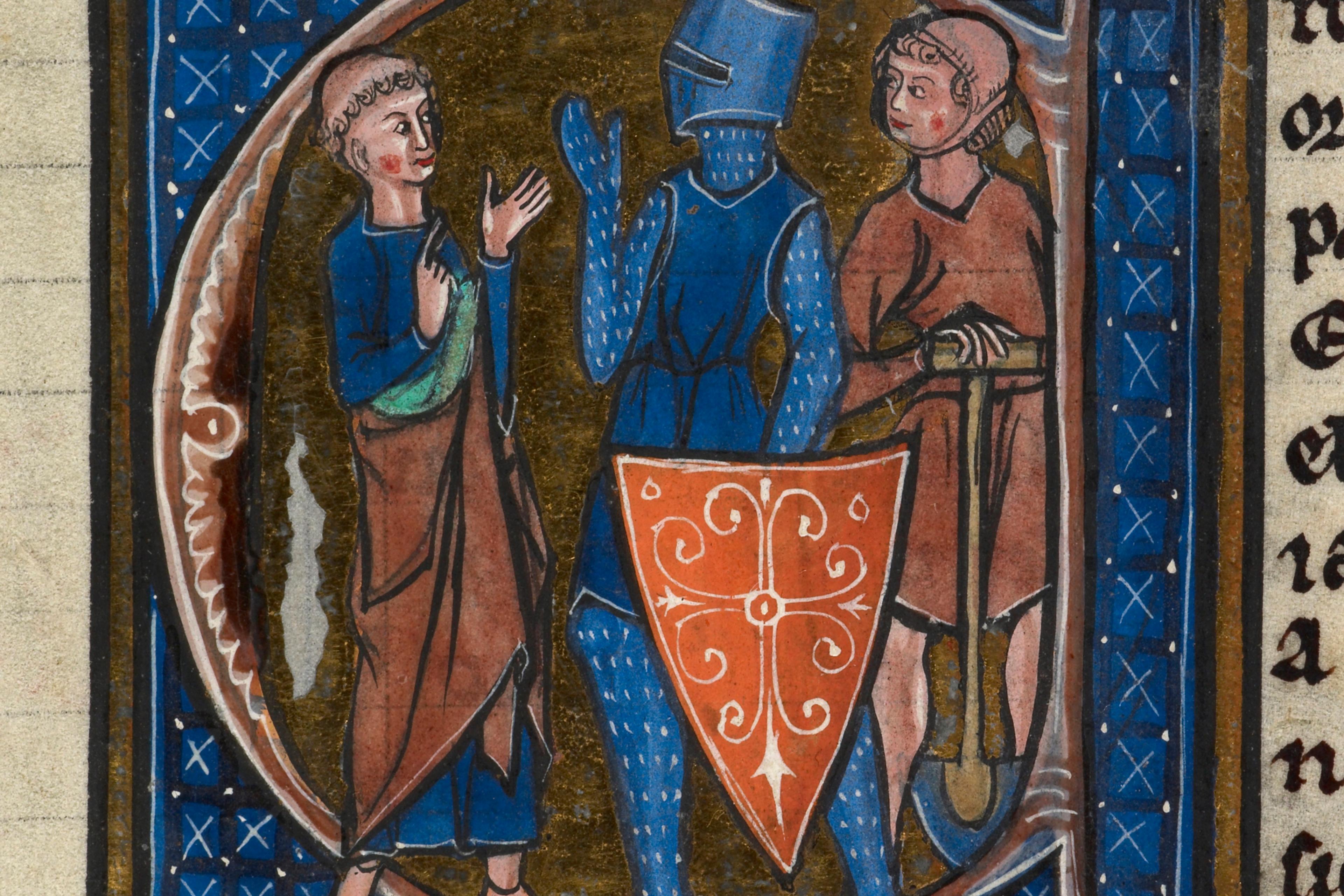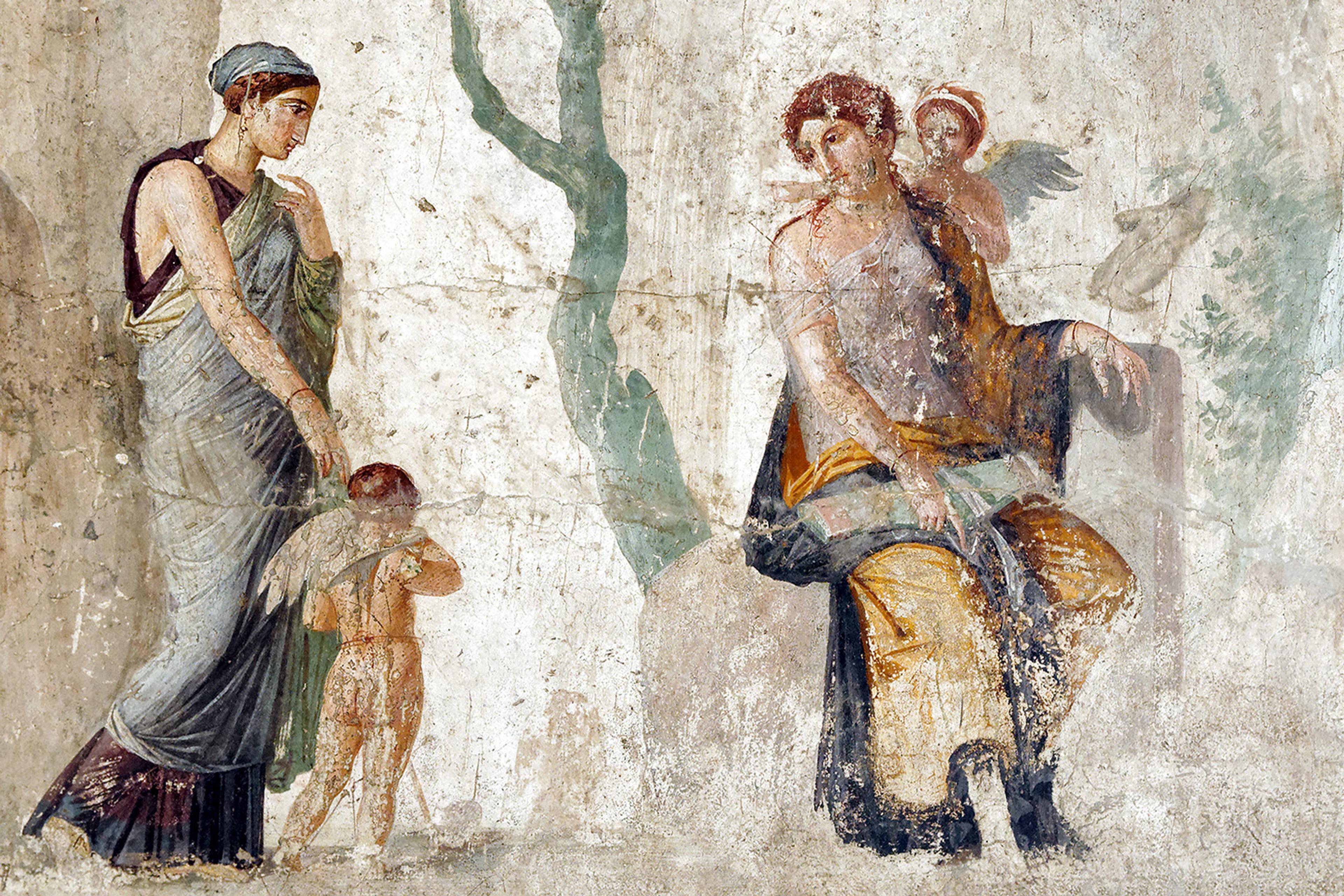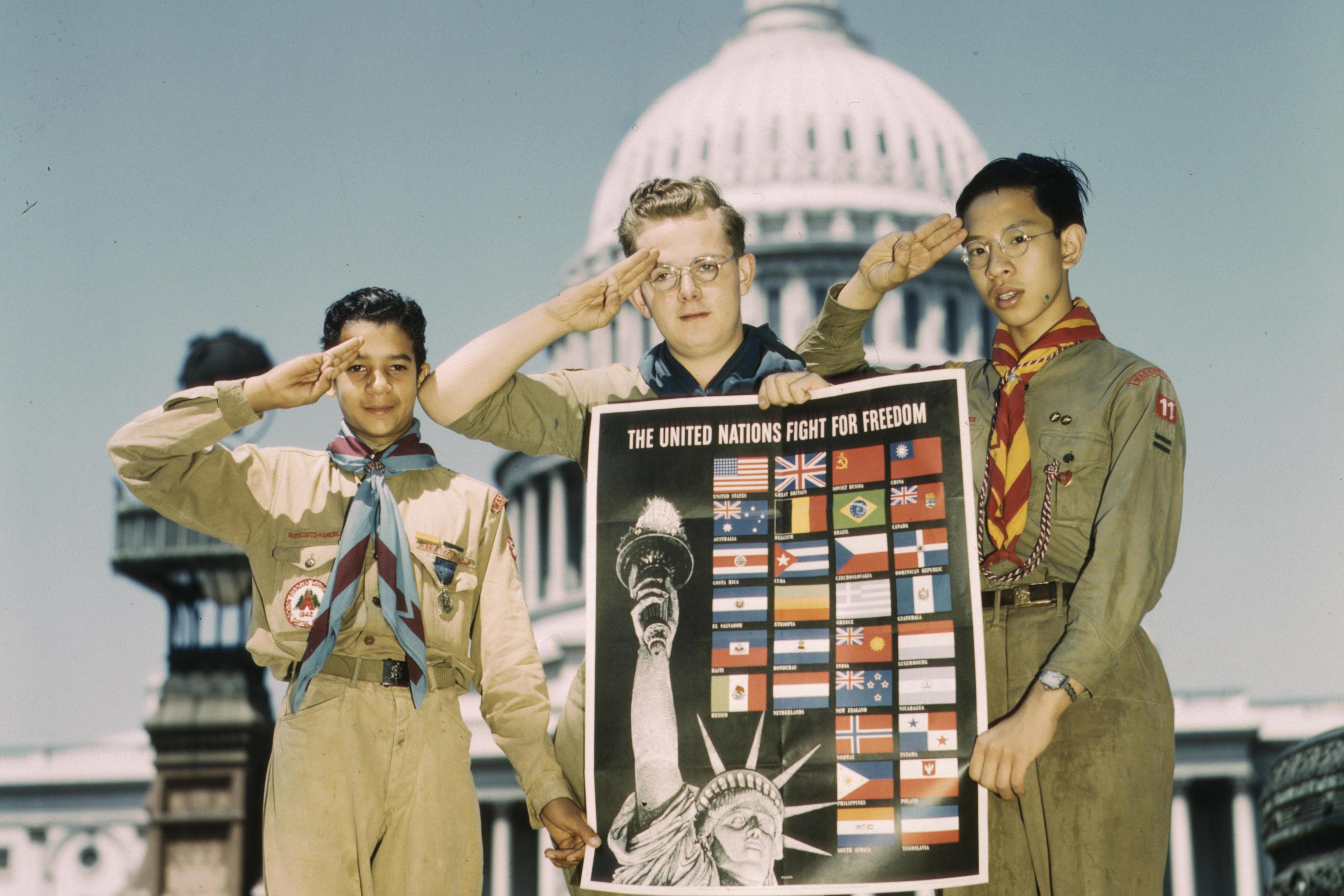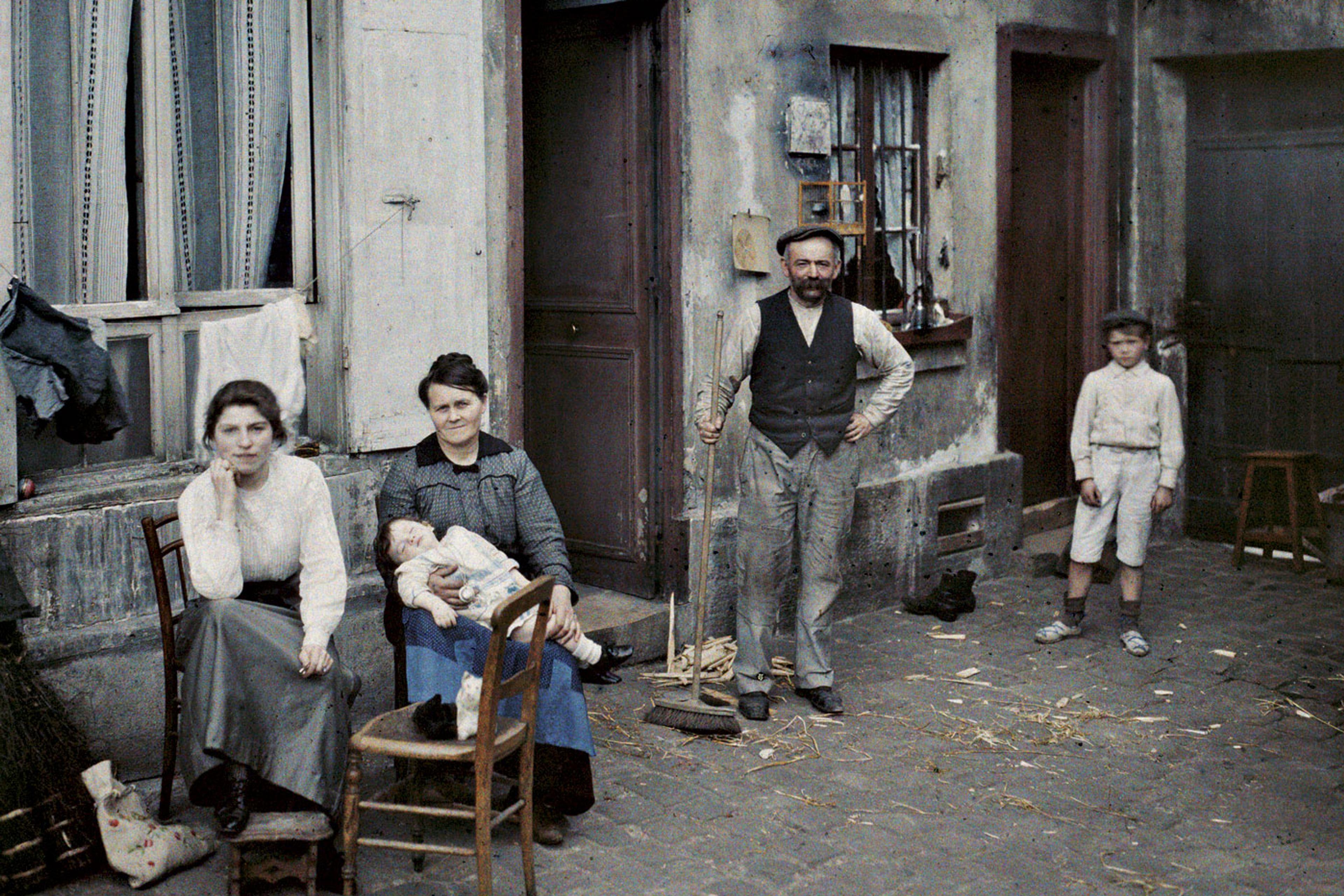In the final scene of Legally Blonde (2001), Elle Woods quotes Aristotle as part of her graduation speech: ‘The law is reason free from passion.’ ‘No offence to Aristotle,’ she continues, but ‘I have come to find that passion is a key ingredient to the study and practice of law.’ Elle captures a contradiction between a common conception of law as emotionless, and the practice of law as something that in reality always involves emotions. This tension between the theory and experience of law is one that goes back centuries, even millennia.
The history of law challenges any assumption that law should, by its nature, be isolated from human feeling. Instead, it reveals nuanced ways in which emotions impact legal processes and enable law to carry more social power. Law isn’t simply about the application of abstract principles; it’s about shaping relationships between real people. Emotions are one way that law, whether in a murder trial or a contract signing, connects to the broader social reality of its participants.
An early 12th-century English law book called The Laws of Henry I (Leges Henrici Primi in the original Latin) highlights the role of informal agreements between litigants, which draw on emotional bonds to create peace. When discussing different ways of solving a dispute, the Laws state: ‘An agreement supersedes law, and love supersedes judgment’ (‘pactum enim legem vincit et amor iudicium’). This means that a voluntary agreement is preferable to a sentence given by an official justice. Love, or amor in Latin, could provide a more effective resolution than a legal sentence. The author describes agreements based on love and friendship as legally binding. They share many of the same trappings as court settlements, including being made in the presence of witnesses and potentially overseen by a justice.
Love-based settlements and formal judgments differed in the amount of flexibility they offered. The former enabled disputants to choose their own terms and create an agreement that fit their social reality. The Laws of Henry I, for example, stipulates that, in a dispute between two neighbours, their lord ‘shall bring them together by friendship or shall give a judgment’ (‘amicitia congreget aut sequestret iudicium’). If, as was common, these neighbours had a border dispute, an official judgment might simply dictate where the border should lie. An informal agreement designed by the neighbours themselves might take other concerns into account, such as past grievances or rights to other property nearby. By focusing on creating friendship, this kind of agreement could encompass more of what mattered to the participants and prevent future disputes.
Often, modern translations of medieval legal texts use language that de-emphasises the emotional content of the original. L J Downer, the translator of The Laws of Henry I, for example, renders the Latin terms amor, dilectione and amicitia into English using phrases such as ‘friendly agreement’ or ‘amicable settlement’, when a more direct translation would use ‘love’ and ‘friendship’. Downer’s translation captures some of the social power of love and friendship in the Middle Ages, but it also obscures the emotional power of these terms. Love wasn’t simply a quality describing informal settlements; love itself was the basis of the settlement.
Men and women of the 12th century placed a high value on love and friendship, which could publicly reinforce virtue and honour. These social and emotional layers of agreements based on amor, dilectione and amicitia were central to how they could sustain peace. Anglo-Norman law shows us how cultural ideas about emotional bonds could shape the practice of law.
In the 12th century, love wasn’t simply a personal feeling; it could be both a forceful passion and a public expression of status. Letters from aristocratic men to their king could be so affectionate as to resemble modern love letters. To seal peace agreements, kings gave each other the kiss of peace. Emotional gestures added power to political rituals, enabling lords and royalty to reinforce alliances and connect political relationships to the spiritual obligations of Christian love. The language of love could signal personal feelings of friendship and affection, while at the same time formalising a political alliance through a publicly displayed bond. These layered meanings made love an ideal symbol for resolving disputes.
As English common law developed in the second half of the 12th century, law clerks and justices envisioned it more as a self-contained system, with its own rules discrete from social practice outside of the courts. This development involved distancing law from emotions. However, even when the relationship between law and social norms becomes less direct, there is always a relationship, with influence travelling in both directions. Law is practised and theorised by living people, whether justices, administrators, lawyers or litigants, who carry their cultural values into the courtroom with them.
Today, emotions have a complicated, often contradictory role in law. Victim impact statements, for example, provide space for victims of crime to describe their emotional suffering, with the potential to influence sentencing. The case of the former Olympic doctor Larry Nassar perhaps best encapsulates this practice, as the judge Rosemarie Aquilina allowed more than 150 women to make statements as an outlet for emotional processing. Articles in Time and Vox magazines, however, criticised Aquilina’s open indignation for undermining the impartiality of justice. For these writers, the justness of law rests on the neutral application of rational rules, without room for emotions.
Juries, too, are often expected to be emotionless. Jurors who express sympathy for a defendant are likely to be criticised and taken less seriously, especially when they are women. However, a number of studies have shown that jurors make decisions based on implicit assumptions about what emotions people should feel. Chillingly, rape victims are less likely to be believed if they appear calm rather than hysterical. Defendants in capital cases are more likely to be sentenced to death if they don’t visibly show remorse. Cultural norms about emotions have a serious, direct impact on the outcomes of legal cases. Rather than avoiding engagement with these realities about the role of emotions in the legal system, we should analyse them head-on.
The Laws of Henry I can’t offer us a neat lesson for law today. However, examples from 12th-century law prompt us to consider how emotions should fit into a complete legal system. From the very origins of the Anglo-American legal tradition, emotions have had the potential to influence decisions and support dispute resolutions. If, as Aristotle claimed, law really is ‘reason free from passion’, its impact would be constrained to the direct effects of its sentencing. If a key goal of law is to create social harmony that extends beyond the doors of its courtrooms and lawyers’ offices, it should take the social and emotional lives of its participants into consideration. Judges and jurors often do this already, in ways that we should not leave unexamined.
Perhaps most litigants today aren’t looking to join in love with the people they sue. But strategies that formally enable emotional processing, expression and relationship building are anything but irrational; they could be instrumental to law that works.

